7 Reasons to carry a Telephoto Lens on your next Trip
Let’s face it — we nature photographers love our wide-angle lenses. And for good reason! When you arrive at a breathtaking location, your first instinct is often to pull out that wide lens and capture everything around you. But while wide-angle lenses are fantastic for sweeping vistas, telephoto lenses can transform the way you see and capture nature.
Most photographers overlook them when packing for a trip, yet a telephoto lens for nature photography can open up creative possibilities that simply aren’t possible with a wide lens. To use it effectively, you’ll need to change your mindset — and start looking for beauty in details, distance, and compressed perspectives.
Characteristics of a Telephoto Lens
A telephoto lens allows you to magnify distant subjects and bring them closer without physically moving. With focal lengths typically ranging from 70mm to 600mm, these lenses let you capture details that might be invisible to the naked eye.
They also offer shallow depth of field, perfect for isolating your subject against a beautifully blurred background — a favorite effect in wildlife and macro photography. Telephoto lenses compress perspective, making distant mountains, storms, or layers of landscape appear closer together, adding drama and depth to your images.
Whether you’re photographing a soaring eagle, a storm over a distant valley, or the textures of mud pots at Yellowstone, a telephoto lens expands your creative toolkit far beyond what a wide-angle can do.
#1 – Wildlife Photography with a Telephoto Lens
If you’re serious about wildlife photography, a telephoto lens is essential. It’s rare to get close to wild animals in their natural environment — and even when you can, doing so might disturb them.
When we traveled to Costa Rica to create a creative nature photography video tutorial with Lensbaby lenses, the abundance of magnificent birds made it impossible not to reach for our telephoto lenses. Sometimes, we even rent high-quality telephoto lenses specifically for destinations rich in wildlife.
Varina Patel, for example, used a Sony 100–400mm F4–5.5 lens to capture vibrant bird photography in Costa Rica. She relied on a small focus area and fast shutter speed to freeze motion and ensure sharp images.
Pro Tip: Use continuous autofocus and a fast shutter speed to capture sharp, dynamic wildlife photos with your telephoto lens.
#2 – Landscape Photography with a Telephoto Lens
Telephoto lenses aren’t just for wildlife. They’re equally powerful for telephoto landscape photography. When we were in Peru, storms would roll across the mountains, creating fleeting moments of incredible light. Driving closer wasn’t possible — so we reached for our telephoto lenses to capture those distant vistas before the light vanished.
We also use long lenses to photograph landscapes on private property, unreachable cliffs, or aerial nature photography from a distance.
A sturdy tripod and high-quality ball head are essential for sharp shots, especially in windy conditions. A fast shutter speed helps counteract small vibrations from wind or tripod movement — ensuring crisp, professional results.
#3 – Macro and Close-Up Photography with a Telephoto Lens
Not all small subjects require a macro lens. A telephoto lens for macro-style photography lets you capture close-up details from a comfortable distance.
For example, this skittish gecko in Hawaii was captured with a Sony 70–200mm F4 lens. Getting close would have scared it off — but the telephoto lens allowed us to frame it beautifully without intrusion.
This makes long lenses perfect for photographing small animals, flowers, and insects that are sensitive to human presence.
#4 – Explore Creativity with a Telephoto Lens
One of the biggest creative advantages of telephoto lenses is their ability to isolate patterns, textures, and abstracts.
At Artist Paint Pots in Yellowstone National Park, we encouraged students to use their long lenses to photograph bubbling mud and colorful geothermal features. They spent hours capturing abstract details that would have been lost with a wide-angle lens.
Using a telephoto lens for creative abstract nature photography forces you to look differently — to see shape, color, and motion in unexpected ways.
#5 – Isolate Your Subject
A telephoto lens’s narrow depth of field lets you isolate your subject from the background, creating clean, minimal compositions.
Varina captured this aspen in Marble, Colorado using a long lens and shallow depth of field, surrounding it with soft fall colors. You can use this same technique for wildlife, flowers, or any subject where you want to control visual emphasis.
This is one of the most effective telephoto photography techniques for creating emotionally powerful images.
#6 – Change Your Perspective
Telephoto lenses compress distances and magnify faraway subjects, offering a fresh way to interpret a scene.
In Iceland, Jay used a long lens to photograph a church against a mountain backdrop — magnifying the mountain’s scale and making it appear closer to the church. This compression effect can add drama, balance, and tension to your telephoto landscape photos.
We also use this technique to include the moon in landscapes, fill the frame with passing storms, or create sweeping telephoto panoramas that highlight distant layers of terrain.
#7 – Shoot Any Time of Day
While many photographers avoid harsh midday light, telephoto lenses let you shoot all day long. Because their narrow field of view focuses on small, evenly lit subjects, they’re perfect for midday photography.
Our Yellowstone abstracts and Costa Rican wildlife images were both taken under bright noon light — and still turned out stunning. Bringing your telephoto lens ensures you’ll always find something worth shooting, even when wide-angle compositions aren’t working.
Conclusion: Expand Your Vision with a Telephoto Lens
If you want to elevate your nature and landscape photography, don’t leave your telephoto lens behind. It allows you to capture wildlife from afar, isolate subjects, compress vast landscapes, and explore creative abstracts — all from a fresh perspective.
While telephoto lenses require patience and technical skill, mastering them will transform your portfolio. The next time you’re packing for a nature photography workshop or an adventure rich with wildlife, make sure your telephoto lens has a place in your camera bag. You might just discover a new way to see the world.

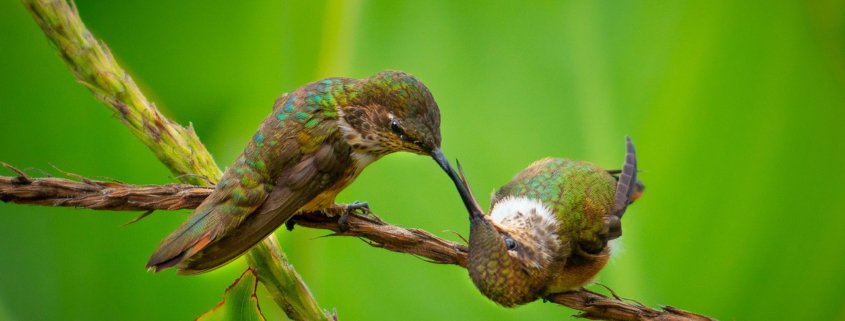

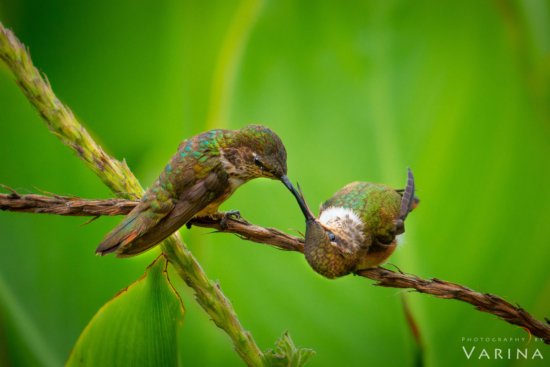



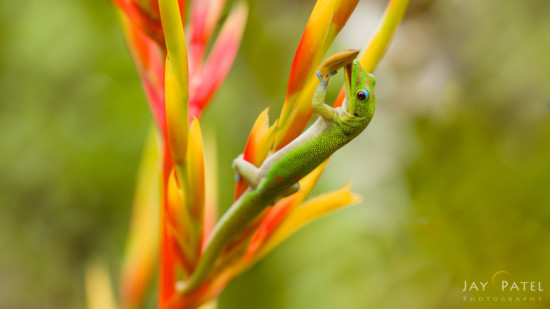

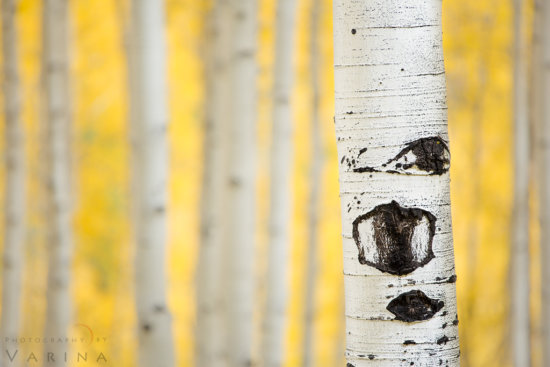
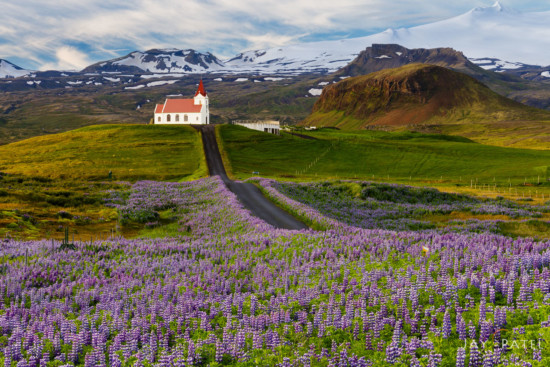

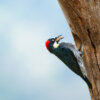
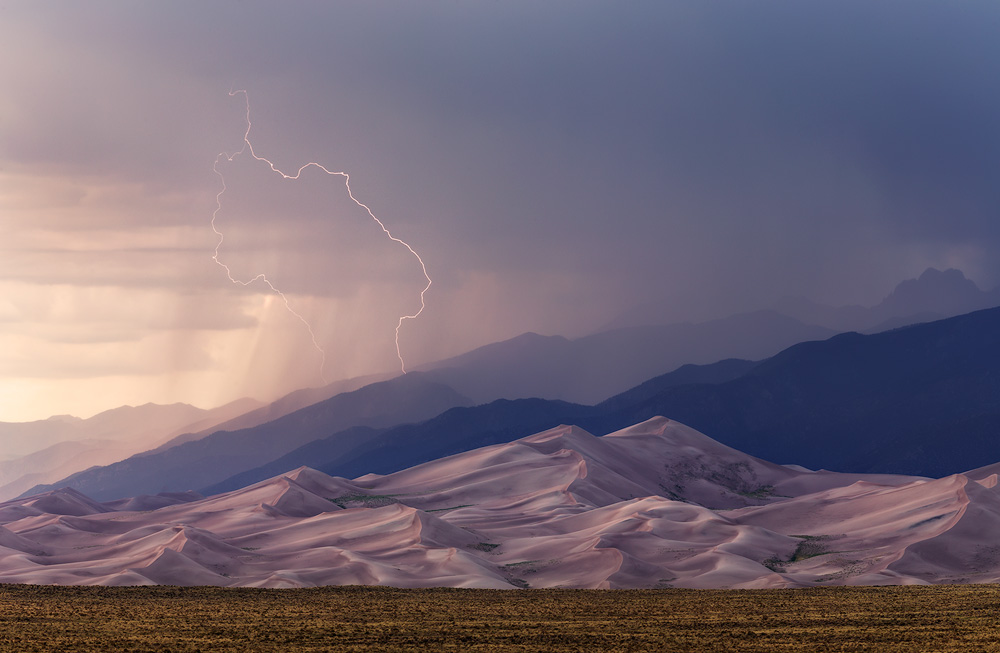

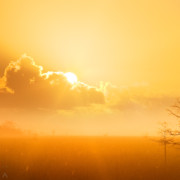
 Jaclyn Tanemura
Jaclyn Tanemura